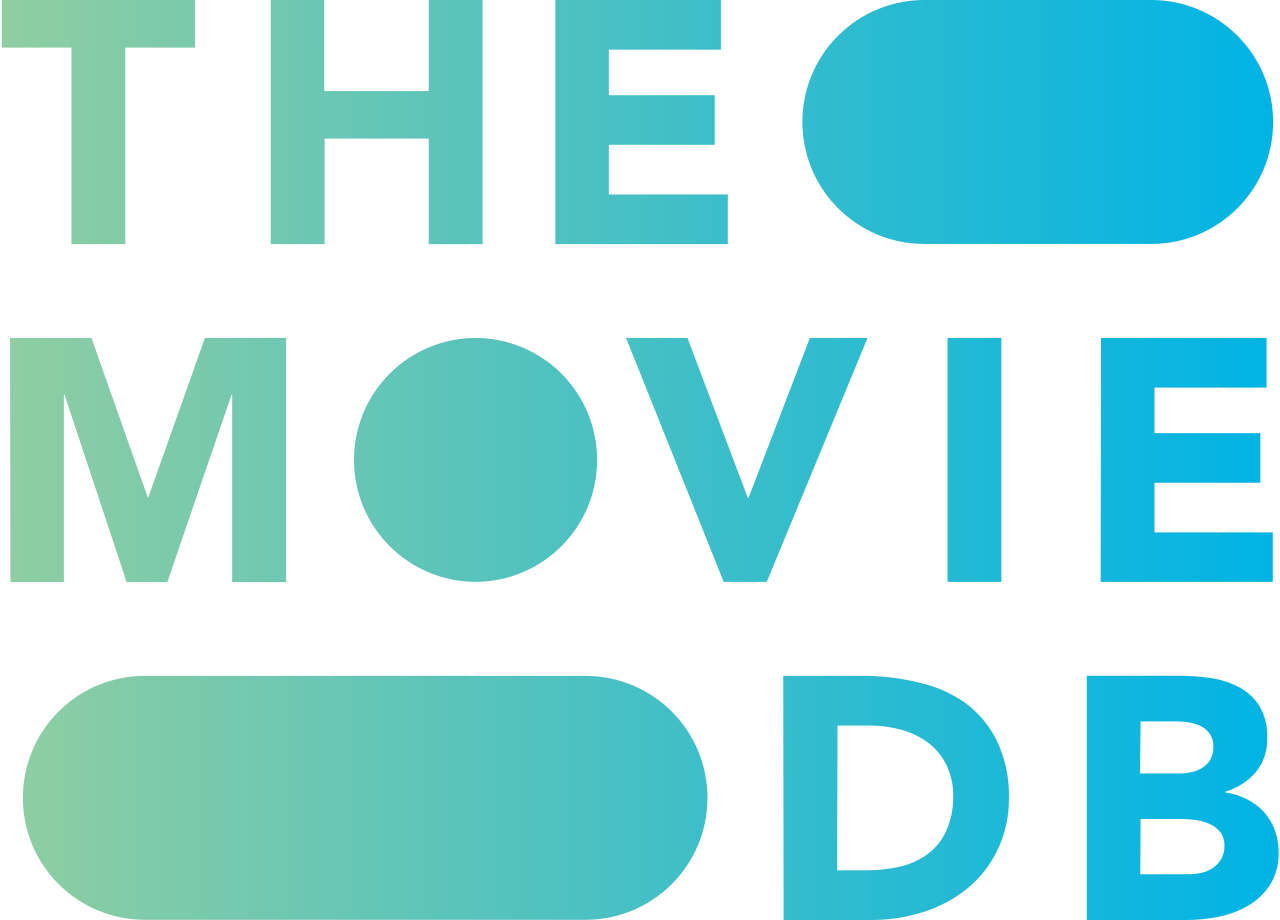Rhapsody in Blue 1945

A symphony of passion and perseverance unfolds as George Gershwin's childhood prodigy shines bright, defying conventions to harmonize jazz and show tunes. As he navigates the spotlight, from vaudeville stages to Hollywood screens, his innovative spirit soars - until fate intervenes, forever altering the rhythm of his life.
Does Rhapsody in Blue have end credit scenes?
No!
Rhapsody in Blue does not have end credit scenes.
Actors
Meet the cast of Rhapsody in Blue and learn about the talented actors who brought the characters to life. Explore their roles and career highlights.
Links
Explore where to watch Rhapsody in Blue online. Find reviews, ratings, and detailed movie information on other platforms like Metacritic, Rotten Tomatoes, IMDb or TMDb
Ratings
Discover how Rhapsody in Blue is rated on popular platforms like IMDb, Metacritic, and TMDb. Explore audience and critic scores to see how this movie ranks among the best.

55
Metascore
tbd
User Score


%
TOMATOMETER

0%
User Score

7.0 /10
IMDb Rating

64
%
User Score
Plot Summary
Get the full story of Rhapsody in Blue with a detailed plot summary. Dive into its themes, characters, and the twists that make it a must-watch.
In Brooklyn, New York, an upright piano is being lifted into the home of the Gershwins, Morris and Rose, and the two sons, Ira Gershwin, and his little brother, George Gershwin. Morris tells Ira that she set him up for piano lessons, but Ira shows distaste for it. As they talk, they hear George play a tune on the piano. Morris and Rose change their mind and quickly sign George up for lessons. As George grows, and his talents beginning to set in, he starts to become more interested in the music of Tin Pan Alley. He passes through multiple teachers, and finally stays at Prof. Franck.
George shows the Prof. his musical talents with Jazz, and Prof. Franck says that if this is what he wants to do, he should pursue it. George begins to write many songs, but none of them really take off. He gets a job as a pianist for a show held by Harpo Marx. He is mocked by the actor on stage, and George storms out of the theater, with Ira by his side. George then gets a job as a song plugger, playing songs for people to see if they would like the piece of music. Through this, George meets Julie Adams, who’s a singer on Broadway. George notices how good a singer she is, and suggests that she sing a song he wrote, “Swanee.” She eventually likes it, and George gives her his copy of it, and the rest of the copies he plays, even some he didn’t write. George calls his boss and tells him he quits.
George goes to pitch his song to Max Dreyfus. While waiting, George meets Oscar Levant, who will eventually become his closest friend. George shows his song to Max, and Max sees potential in the song, and the writer. Max, still with Gershwin in his office, calls the singer Al Jolson, and asks him if he will sing the tune in a show, and Al, after hearing Gershwin playing it on the other end, says he will. Al sings the song to a thunderous applause, which inspires Gershwin to write his own musical. He casts Julie as his leading lady, as she’s the only one for the role. The show flops, but Gershwin continues, and eventually his shows begin to skyrocket, all with Julie in the lead. While this, Julie begins to fall in love with George, while he seems oblivious to it.
While Gershwin is backstage dressing up for a dinner party, he is approached by the bandleader Paul Whiteman. Whiteman tells Gershwin of a show he’s putting on, aiming to fuse Jazz and serious European Classical Music. At the dinner party, Prof. Franck and Dreyfus get into a fight about this idea, Max saying it won’t work and he should continue to write hits, and Franck telling him to do what he feels right. Gershwin eventually agrees, and writes Rhapsody in Blue. Gershwin plays the piano for the piece at the premiere, which was attended by the like of Igor Stravinsky and Sergei Rachmaninoff. He performs to a wonderful applause, and his career is now in action.
After the performance, he goes to visit Prof. Franck, but learns he fell sick and couldn’t make it to the performance because he was dying. Shortly after, a man approaches Gershwin to write a Concerto for the New York Philharmonic and to premiere at the prestigious Carnegie Hall, but Gershwin is hesitant at first, because he feels that he doesn’t have enough experience with classical music to write one. Gershwin continues to write musicals, and finds that Ira is aspiring to be a lyricist. George quickly finds that Ira is a wordsmith, and let’s Ira write the lyrics for his next musical, “Lady be Good”, which becomes a smash hit.
Gershwin then travels to Paris to find inspiration for his concerto, where, in a small night club, he hears his song Fascinating Rhythm being played to welcome him to the country. While in Paris, Gershwin meets Christine Gilbert. They begin to go on many outings together, and they eventually both fall in love with each other. Gershwin takes Christine back to America, where he hosts a party. He also invites Julie, who meets Christine, and is greatly distressed. It is here where George and Ira coin each other “Mr. Words” and “Mr. Music”. George eventually plays his song “The Man I Love” on the piano, with Julie’s accompaniment, but while singing, Julie becomes overwhelmed with Christine and George, begins to cry, and leaves without saying anything to George.
Not very soon after, Gershwin becomes infatuated with painting, and begins to paint regularly. Christine walks in on George painting, where she admits her love to him. George tells her they’ll have a pent house in New York, built for two. Julie disregards this, saying that he “sounds like his songs.” She tells him to get back to his painting, which he does, and she leaves heartbroken.
Keywords
Discover the keywords that describe the themes and topics of the movie. Explore the keywords that define the essence of the film.
Featured on this page

What's After the Movie?
Not sure whether to stay after the credits? Find out!
Check out our other apps:
Actors
Companies
Latest Movies
© 2025 What's After the Movie. All rights reserved.












